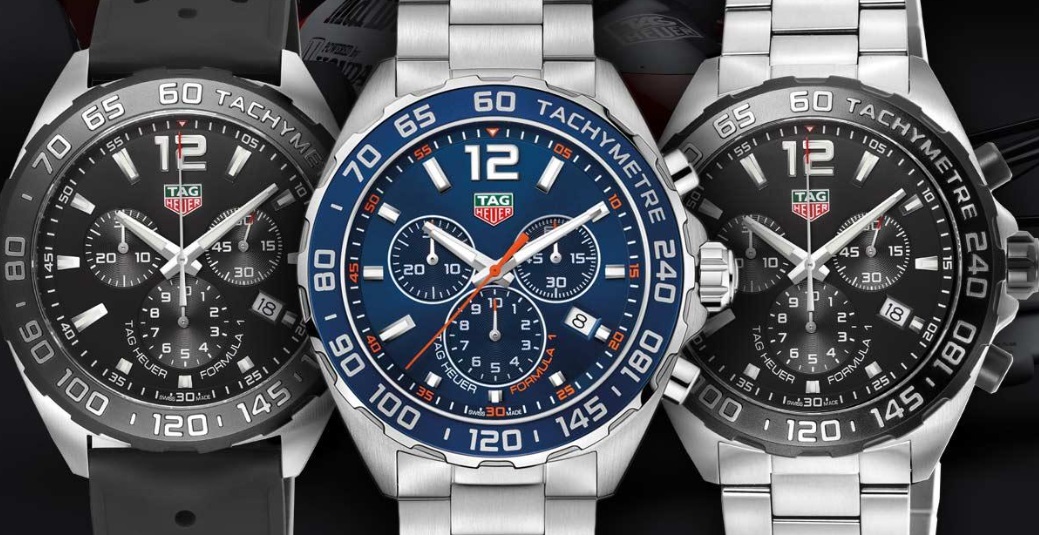What Might Be Next In The Swiss Made Wrist Watch
What Might Be Next In The Swiss Made Wrist Watch
Blog Article
Reasons Why the Swiss Made Wrist Watch Stands as the Gold Standard in Horology

When it comes to fine detail, accuracy, and heritage, nothing quite compares to the watches from Switzerland. For decades, Switzerland has held an almost mythical status in the world of horology—synonymous with refinement, engineering mastery, and timeless design. But what exactly sets a Swiss Made wrist watch stand out, and why should you consider owning one? As a watch expert, let’s dive into what makes these creations so desirable.
What Does “Swiss Made” Really Mean?
The term “Swiss Made” is more than a marketing tagline; it’s a regulated designation with strict requirements. For a watch to carry the “Swiss Made” mark:
- The movement must be Swiss
- The movement must be cased up in Switzerland
- The final inspection must be conducted in Switzerland
- At least 60% of production expenses must originate in Switzerland
These standards ensure a Swiss Made watch isn’t just assembled in Switzerland—it’s a reflection of the nation’s unparalleled tradition of watchmaking excellence.
A Look at the Swiss Watchmaking Legacy
Switzerland’s watchmaking history dates back to the 16th century, when Huguenot craftsmen brought their skills to Geneva. Over the centuries, Swiss artisans refined their techniques, giving rise to key innovations like the automatic movement, chronograph, and tourbillon.
Today, legendary brands such as Rolex, Patek Philippe, Omega, TAG Heuer, and Tissot carry forward this proud heritage, producing watches that are not only aesthetically stunning but also mechanically sound. Whether you’re admiring a minimal dress watch or a complex perpetual calendar, a Swiss Made timepiece reflects generations of accumulated skill.
Why Choose a Swiss Made Wrist Watch?
If you’re thinking of investing in a high-quality timepiece, here’s why Swiss Made watches are often the first choice:
- Unmatched Craftsmanship
Swiss watchmakers are known for meticulous attention to detail. Every component is expertly crafted—often manually refined—to meet high standards. From Geneva stripes to polished bezels, the finish is immediately recognizable.
- Trusted Swiss Movements
Swiss movements are celebrated for their accuracy and durability. Brands like ETA and Sellita, as well as in-house movements from Rolex and Omega, define the standard for watch reliability.
- Strong Investment Value
Many Swiss Made watches hold or even appreciate in value—especially limited editions and vintage pieces. Collectors everywhere seek out rare Swiss models for their quality and heritage.
- Design and Elegance
Swiss watches are more than timekeepers—they’re miniature works of art. From the minimalist Jaeger-LeCoultre Reverso to the bold Audemars Piguet Royal Oak, each design tells a story.
Top Swiss Watchmakers Worth Exploring
If you’re new to the Swiss Made world, here are some of the most prestigious names in the industry:
- Rolex – Known for durable luxury, with models like the Submariner and Datejust.
- Omega – Makers of the Seamaster, blending innovation with legacy.
- TAG Heuer – A favorite for sports fans, known for the Carrera and Monaco.
- Tissot – Great entry-level option, offering reliable Swiss quality at affordable prices.
- Patek Philippe – Legendary watchmaker focused on mechanical artistry and tradition.
How to Maintain Your Timepiece
To protect your Swiss Made wrist watch:
- Service it every 4 to 7 years
- Store it in a cool, dry place
- Avoid strong magnetic fields
- Ensure the crown is pushed in before water exposure
Routine maintenance helps ensure your timepiece stays pristine.
Conclusion
Owning a Swiss Made wrist watch is more than a style statement—it’s a celebration to innovation. Whether Swiss Made Watches you’re buying your first or adding to a collection, you’re becoming part of a tradition that spans centuries.
Next time you glance at your wrist and see “Swiss Made” on the dial, remember—you’re wearing a legacy shaped by the world’s finest watchmakers. Report this page